This was no longer the vibrant Old London Bridge.
Pedestrians were marginalized, the houses were gone and their inhabitants disappeared into the narrow London streets. In 1831 when John Rennie's London Bridge was opened, the last remnants of Old London Bridge were removed.
Eventually even this bridge would prove incapable of coping and would be sold off to an American entrepreneur in 1967. It was taken apart, block by block and transported to the States where it was reconstructed and is now a bridge in Lake Havasu City, Arizona.
But Old London Bridge was a real character and lives on in the collective memory of those who love London and her history.
When the chapel crypt was demolished, the bones of Peter de Colechurch, the Master Builder of Old London Bridge, were found. They were flung into the river without ceremony. His bridge had lasted six hundred years.
Note: Why not visit The London Bridge Experience/Museum which opened in 2012 - and find out all about Old London Bridge and lots of other fascinating facts. Here's a link to their website.
Sources:


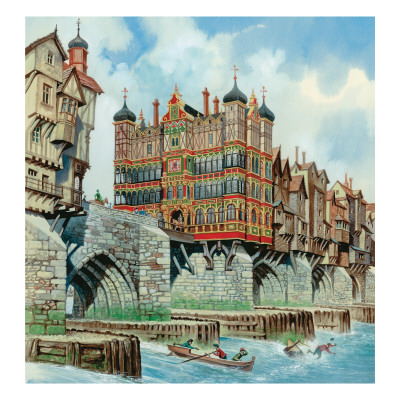
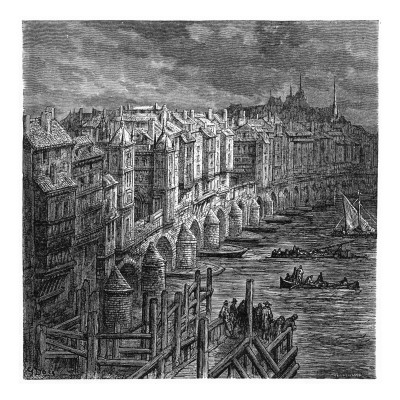
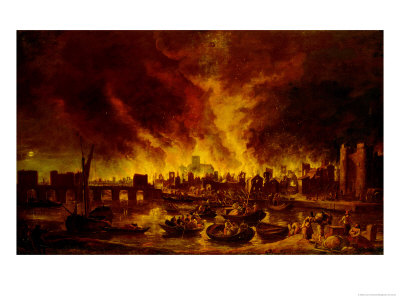
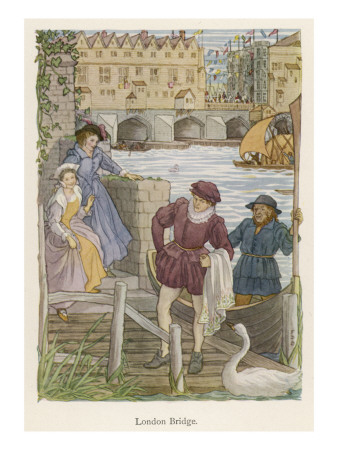
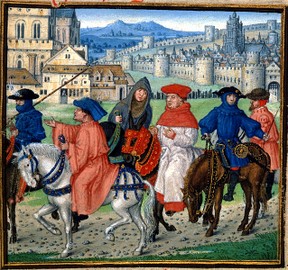 Saint Thomas a Becket in Canterbury. Like today's consumers, shopping would have been a great attraction.
Saint Thomas a Becket in Canterbury. Like today's consumers, shopping would have been a great attraction.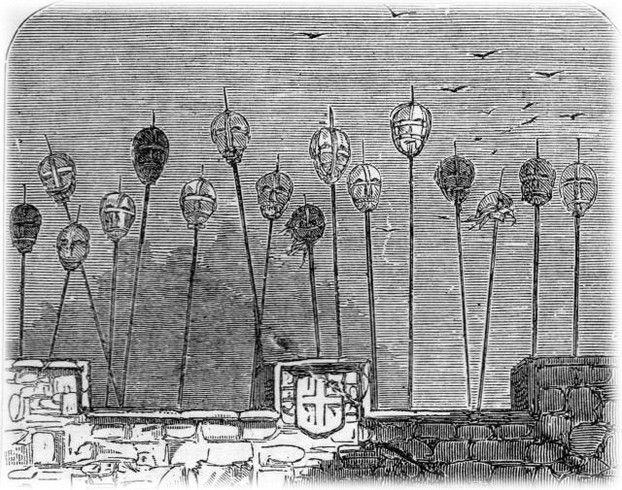
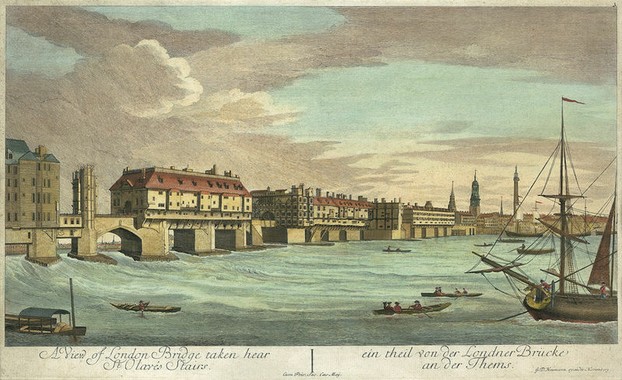
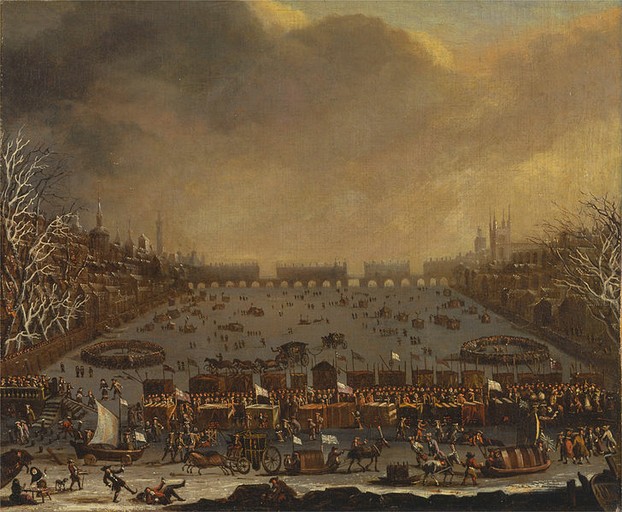



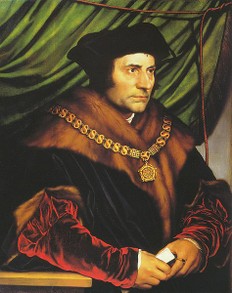
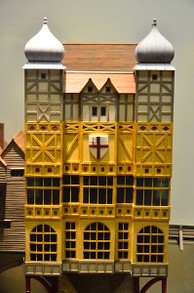
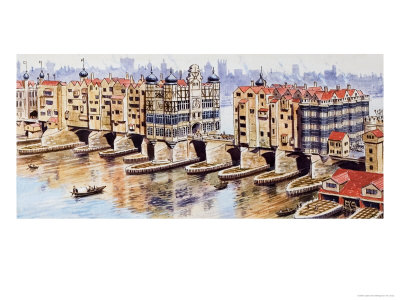
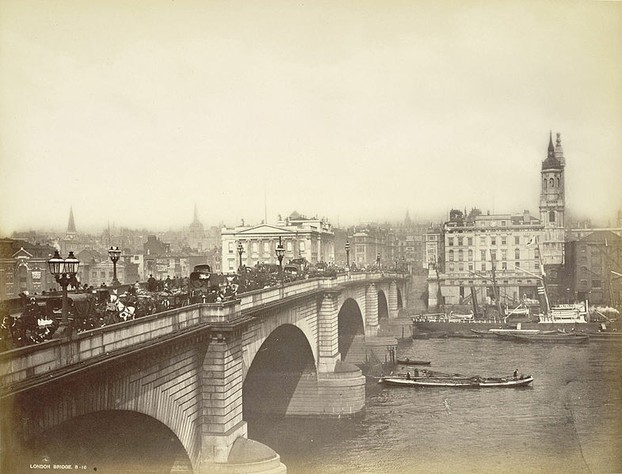
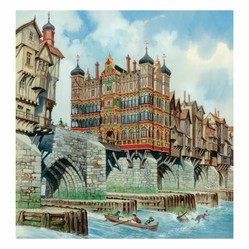

 How to Choose a Walking Cane or Stickon 08/01/2014
How to Choose a Walking Cane or Stickon 08/01/2014
 Michael Miller Fabulous Fabric Swatches for Quilting, Crafts etcon 07/02/2014
Michael Miller Fabulous Fabric Swatches for Quilting, Crafts etcon 07/02/2014
 The Drama of Life in the Rock Poolon 06/08/2014
The Drama of Life in the Rock Poolon 06/08/2014
 The Flâneur - Symbol of Modernity in 19th Century Parison 05/09/2014
The Flâneur - Symbol of Modernity in 19th Century Parison 05/09/2014

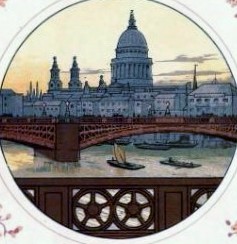

Comments
Oh Joe, thanks chuck! I'm glad it helped to bring it alive. xx
I didn't tell you that shortly after you wrote this, I visited London. We arrived at London Bridge tube station to visit the Tower. Walking across the bridge I imagined it all as you'd described it back in the day. It really enriched the experience. Thank you!
It seems to be taking us all back to our childhoods! xx
When my eye caught a glimpse of this article I instantly thought of the childrens song, London Bridge, and had to read, so glad I did. I just had to give this a tweet.
Hi WriterArtist - I remember that nursery rhyme too...:)
I can't help remembering the poem -
"London bridge is falling down, falling down, - My fair Lady"
I used to sing this a lot when I was a kid, must be the same old bridge, hope it has not fallen down.
Oh, thanks Mira! That's really good of you. :)
I just posted it on StumbleUpon. Hope some people from over there will get to read your article.
Hello Mira - It's so lovely to get feedback like this. Thank you so much. I agree with you about the book idea! :)
What a wonderful article, Kathleen!! You got me so interested in this bridge and its times. It would be fascinating to do a book-length study using literature, engravings, and so on. I will definitely visit The London Bridge Experience Museum next time I go to London. Thank you so much for sharing!